10 Superfoods Boomers Should Add to Their Grocery List for Better Health and Vitality

Getting older doesn’t mean slowing down—it means being smarter about how you fuel your body. If you’re a baby boomer, you already know that staying healthy isn’t just about exercise and doctor visits. It starts in the grocery aisle. The right foods can boost your energy, sharpen your mind, protect your heart, and keep your bones strong. But with so many options out there, it can feel overwhelming to pick what’s truly good for you.
That’s where superfoods come in. These nutritional powerhouses are packed with vitamins, minerals, antioxidants, and other goodies that work overtime to support your health. Best of all? They’re delicious, easy to prepare, and perfect for adding some color and flavor to your meals.
Ready to upgrade your grocery list? Here are 10 superfoods every boomer should be eating—because feeling great at 60, 70, and beyond starts with what’s on your plate today.
1. Blueberries — The Tiny Brain Boosters
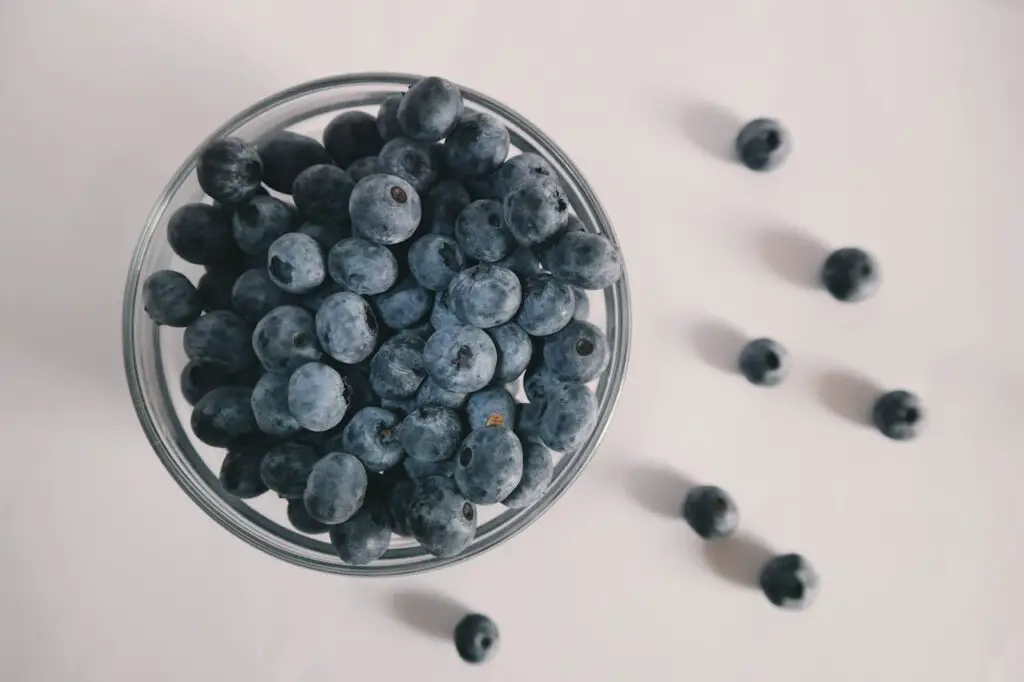
If you want a snack that’s both tasty and a brain’s best friend, blueberries fit the bill perfectly. These little blue gems are loaded with antioxidants called flavonoids that help protect your brain cells from damage and improve memory. Research shows they may even slow down age-related cognitive decline, making them a smart choice for maintaining mental sharpness. Toss some blueberries into your morning oatmeal, yogurt, or smoothie for an easy, antioxidant-packed boost. Plus, who doesn’t love a naturally sweet treat without any added sugar?
2. Salmon — Omega-3 Rich Heart Hero

Heart health should be top of mind, and salmon is one of the best foods you can add to your menu for protecting this vital organ. This fatty fish is rich in omega-3 fatty acids, which help reduce inflammation, lower blood pressure, and keep your arteries flexible. Omega-3s also support brain function and may help ease joint pain, making salmon a triple threat for aging well. Choose wild-caught salmon when you can and prepare it grilled, baked, or broiled with simple herbs and lemon. Your heart will thank you.
3. Spinach — The Iron and Vitamin K Powerhouse
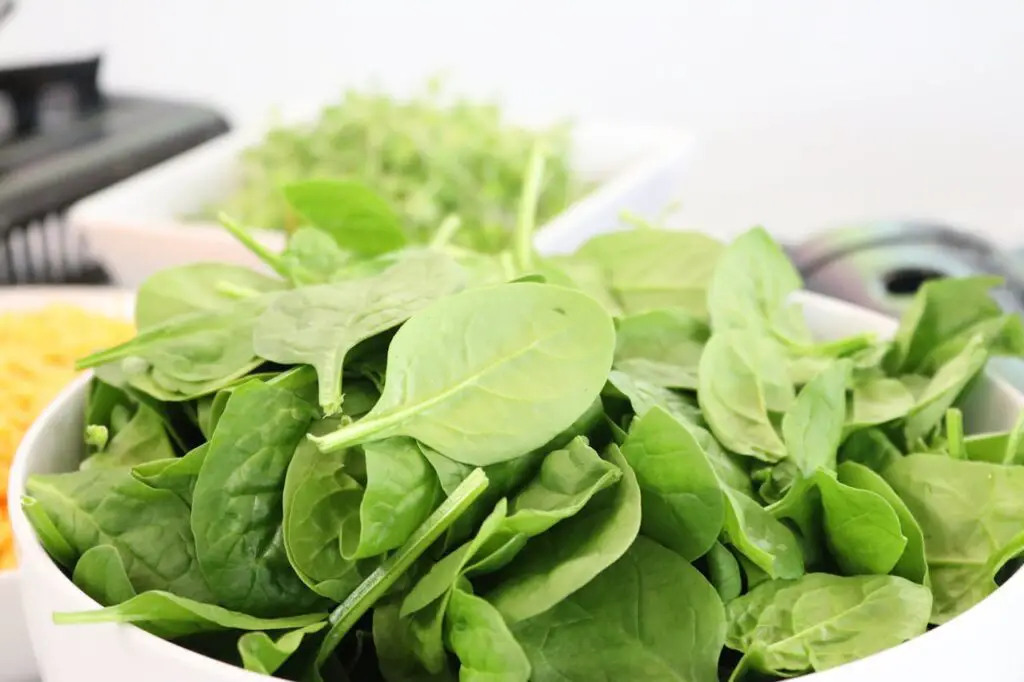
Don’t underestimate leafy greens like spinach—it’s a nutritional champion. Spinach is packed with iron, which supports healthy blood, and vitamin K, a key player in bone health. As you age, keeping your bones strong becomes even more important to prevent fractures and osteoporosis. Spinach also contains antioxidants that support your immune system and overall vitality. You can enjoy it raw in salads, steamed as a side, or blended into smoothies for a green boost without a strong flavor.
4. Walnuts — Brain-Boosting Nuts
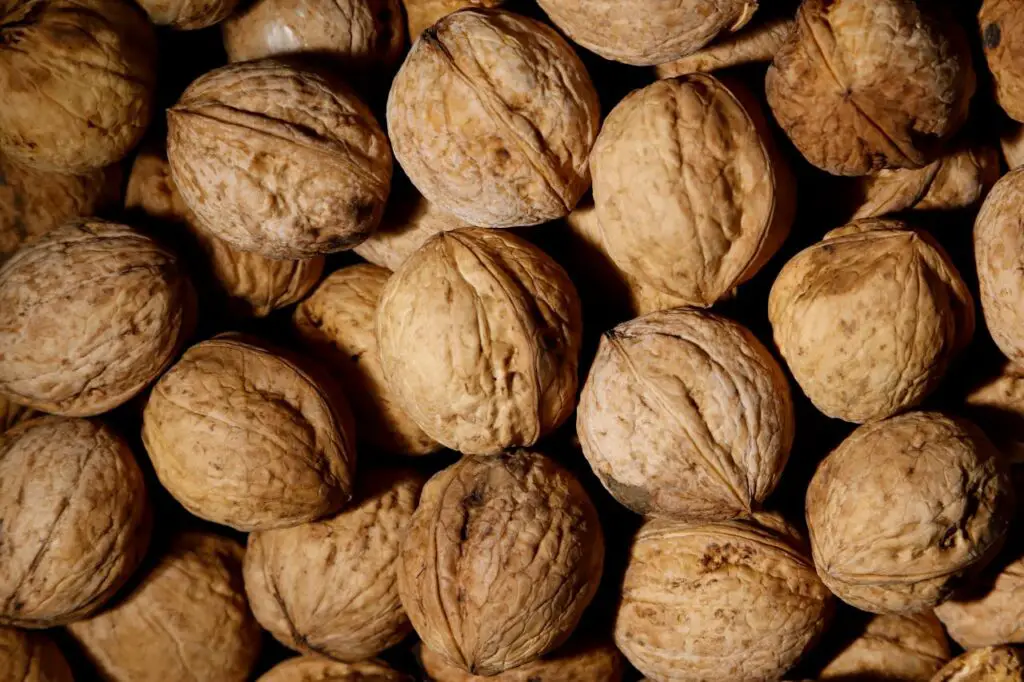
Snack smarter by reaching for walnuts instead of chips or cookies. Walnuts are full of healthy fats, vitamin E, and antioxidants that help protect brain cells from damage and support memory and cognitive function. They also improve heart health by lowering bad cholesterol and reducing inflammation. A small handful a day can provide these benefits, and they add a delightful crunch when sprinkled over salads, oatmeal, or even mixed into your yogurt. Easy to add, hard to resist!
5. Greek Yogurt — Probiotic and Protein Punch

As we age, maintaining muscle mass and digestive health becomes critical, and Greek yogurt checks both boxes. It’s rich in protein, which helps keep your muscles strong and supports recovery after exercise. It’s also loaded with probiotics—the “good bacteria” that promote a healthy gut, improving digestion and even boosting your immune system. Opt for plain, unsweetened Greek yogurt and add fresh fruit or a touch of honey for a wholesome breakfast or snack that feels indulgent but is incredibly good for you.
6. Sweet Potatoes — Fiber and Beta-Carotene Rich
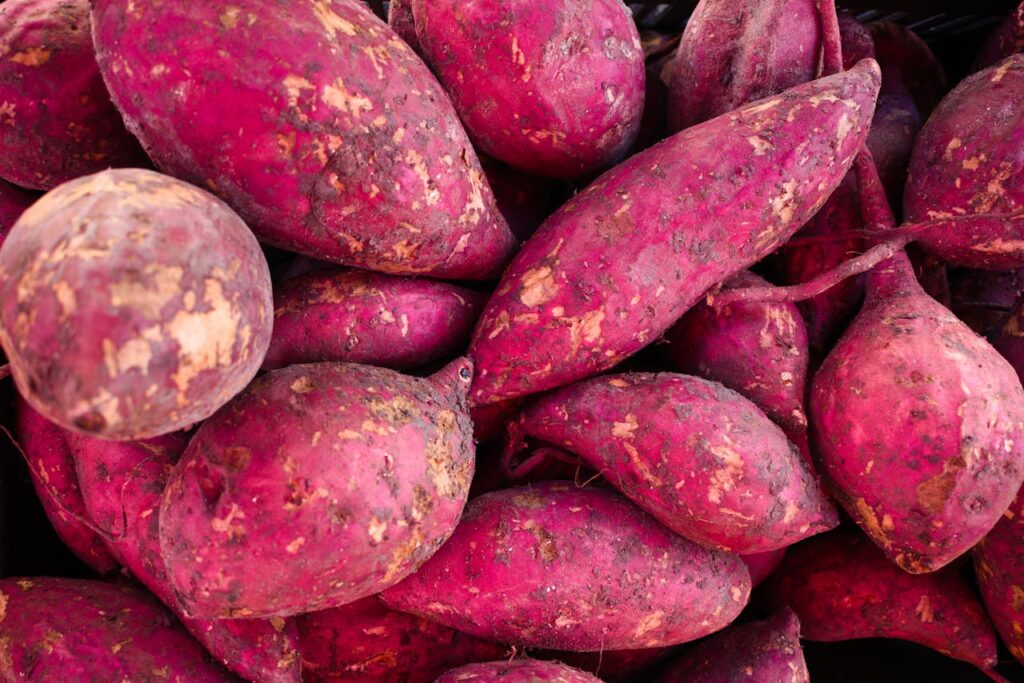
Sweet potatoes are a comforting, nutrient-rich food packed with fiber, vitamins A and C, and antioxidants like beta-carotene. Vitamin A supports eye health—something many boomers pay close attention to—and beta-carotene helps fight inflammation. The fiber in sweet potatoes promotes healthy digestion and stable blood sugar levels, which is important for overall energy. Roast them, mash them, or add them to soups for a sweet, satisfying side that feels like comfort food with a healthy twist.
7. Quinoa — The Complete Plant Protein
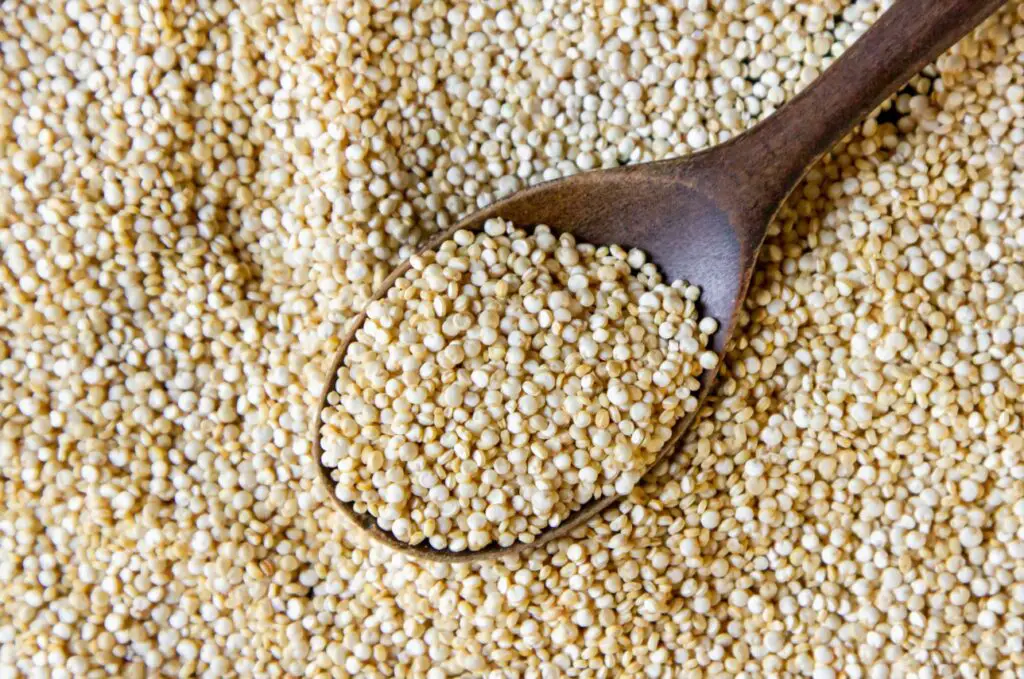
Looking for a gluten-free grain that does more than just fill you up? Quinoa is a nutritional superstar that contains all nine essential amino acids, making it a rare plant-based complete protein. It’s also high in fiber and magnesium, both of which contribute to heart health and strong bones—major concerns as we get older. Quinoa cooks quickly and is incredibly versatile: toss it into salads, use it as a side dish, or enjoy it for breakfast mixed with nuts and fruit. It’s an easy way to boost your protein without relying on meat alone.
8. Broccoli — The Cancer-Fighting Cruciferous
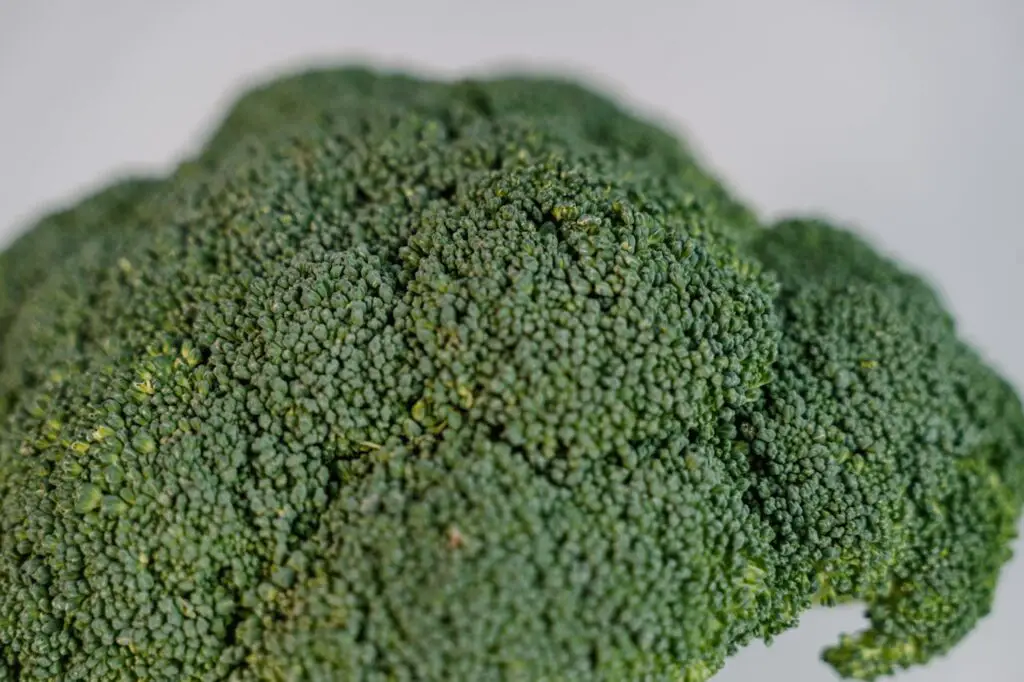
Broccoli isn’t just a classic side dish—it’s a nutritional powerhouse packed with vitamins C and K, fiber, and sulforaphane, a compound that has been linked to cancer prevention. Beyond that, broccoli supports immune health and bone strength, thanks to its calcium and vitamin K content. Whether steamed, roasted, or eaten raw with your favorite dip, broccoli adds crunch, flavor, and serious health benefits to your plate. Plus, it’s a versatile vegetable that pairs well with almost anything.
9. Avocado — Heart-Healthy Good Fats
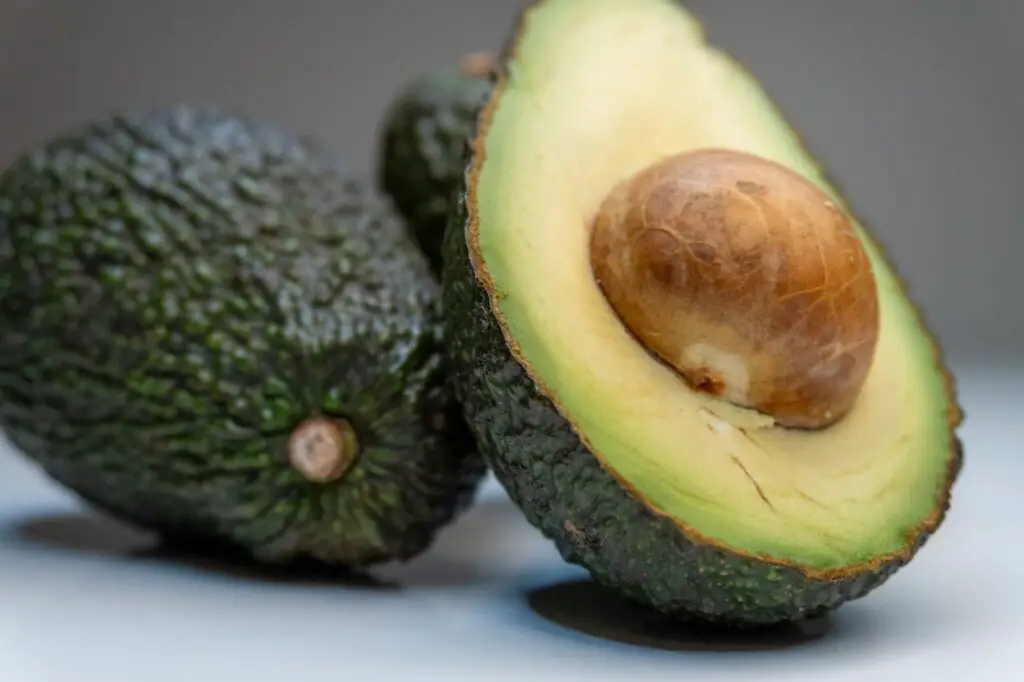
Creamy, buttery, and packed with heart-healthy monounsaturated fats, avocados deserve a spot on your grocery list. These fats help lower LDL (“bad”) cholesterol while increasing HDL (“good”) cholesterol, supporting a healthy cardiovascular system. Avocados are also loaded with potassium, which helps regulate blood pressure—another key factor in heart health. Slice them on toast, mash into guacamole, or add chunks to your salads and sandwiches for a creamy texture and a nutrient boost.
10. Turmeric — The Golden Anti-Inflammatory
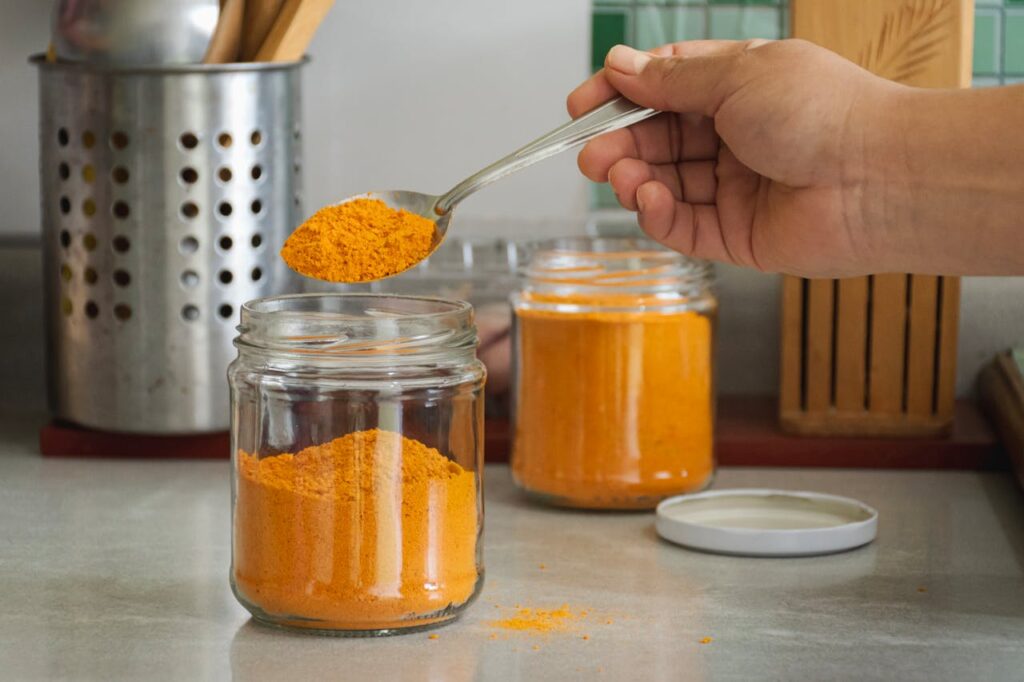
Turmeric is the golden spice you want in your kitchen if joint pain or inflammation is part of your aging journey. The active compound curcumin in turmeric has powerful anti-inflammatory and antioxidant effects that may help reduce symptoms of arthritis and protect against age-related diseases like Alzheimer’s. You can sprinkle turmeric into soups, stews, or even blend it into a warming turmeric latte (golden milk) for a soothing, healthful drink. Just add a pinch of black pepper to boost curcumin absorption and enjoy the benefits.
Final Thoughts

Growing older doesn’t have to mean giving up on vibrant health or flavorful meals. By embracing these 10 superfoods, you’re giving your body the tools it needs to stay strong, sharp, and energized—without sacrificing taste or convenience. These foods aren’t just trendy buzzwords; they’re proven nutritional powerhouses that can help you maintain your independence and enjoy every stage of life.
Start small: add blueberries to your cereal, swap chips for walnuts, or roast some sweet potatoes with your dinner. Little changes add up fast. Your grocery list is your first step toward feeling your best, and with these superfoods in your cart, you’re setting yourself up for years of health and happiness.
So here’s to aging gracefully—and deliciously. Go ahead, stock up, experiment with new recipes, and most importantly, enjoy the journey. Your body—and your taste buds—will thank you!
Leave a Reply